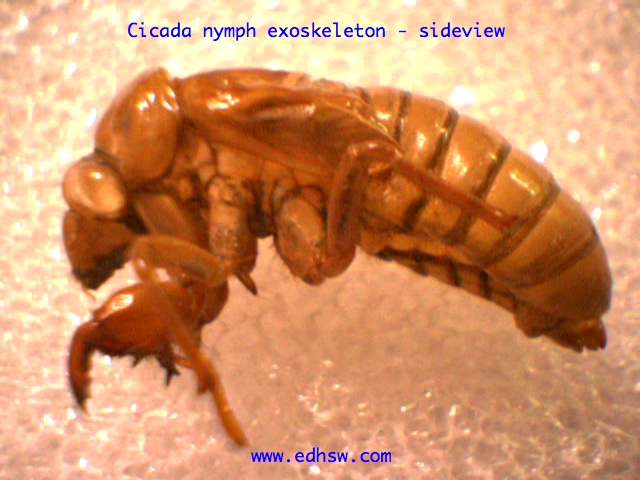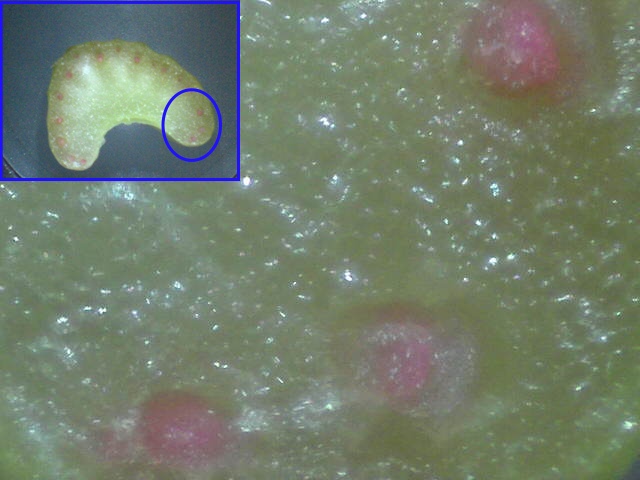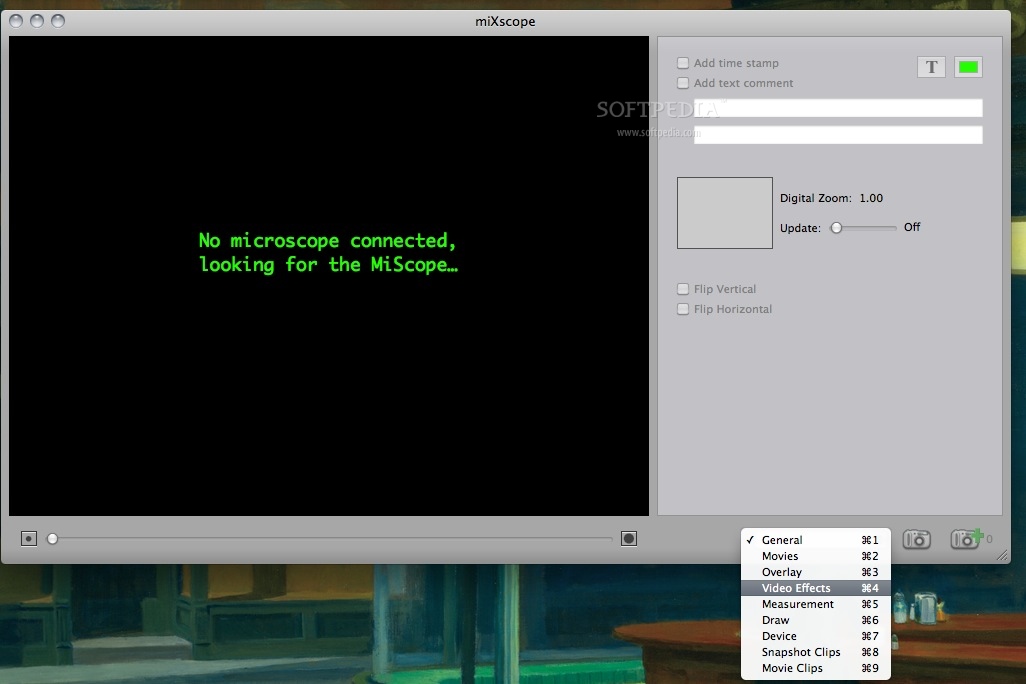

MIXSCOPE MACREGISTER REGISTRATION
Since the exports from are constant, save a precomputed library to handle their registration and link that in.
"Partial" static – A newer "hybrid" approach which brings most of the advantages of both. Adds a significant pause to build but can cut a significant amount of time from application start. This code is invoked during startup to quickly register all items. Static registrar – During build, compute the set of items to be registered and generate Objective-C code to handle registration. This option adds zero time to the build but is very expensive to compute during launch (up to multiple seconds). NET reflection to scan every loaded type, determine the list of relevant items, and inform the native runtime. Dynamic registrar – During startup, use. Each has different build and run time consequences: Over time, three different registrar configurations have been created to cover different use cases. Register this information with the Objective-C runtime.  Scan every managed class for those deriving from NSObject and collect a list of items to be exposed to the Objective-C runtime.
Scan every managed class for those deriving from NSObject and collect a list of items to be exposed to the Objective-C runtime. 
Configurationsįundamentally the registrar’s job at startup can be separated into two catagories: There are performance implications of this registration, specifically on application start up time, and understanding a bit of what's going on "under the hood" can sometimes be helpful. The work required to preform this “magic” is handled by the registrar and is, in general, hidden from view. Xamarin.Mac bridges the gap between the managed (.NET) world and Cocoa's runtime, allowing managed classes to call unmanaged Objective-C classes and be called back when events occur. This document describes the purpose of the Xamarin.Mac registrar and its different usage configurations.







 0 kommentar(er)
0 kommentar(er)
